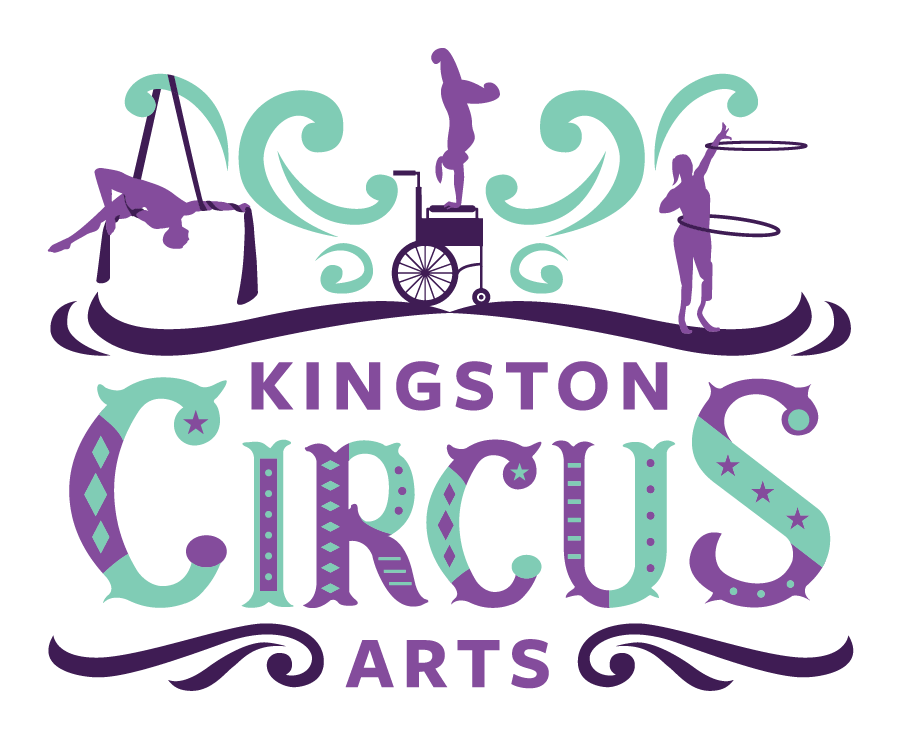Specific methods of offering movement, warm ups, etc., are covered in the full Flying Footless course. The following is a list of some of the things that studios and instructors can do to make their spaces/classes more welcoming for the Deaf, Neurodiverse, and Disability community. This list is just a beginning and is in no way complete.
*Communication is key. Rather than assuming that a person can or cannot do something, or the language that they use…discuss what works for them.*
